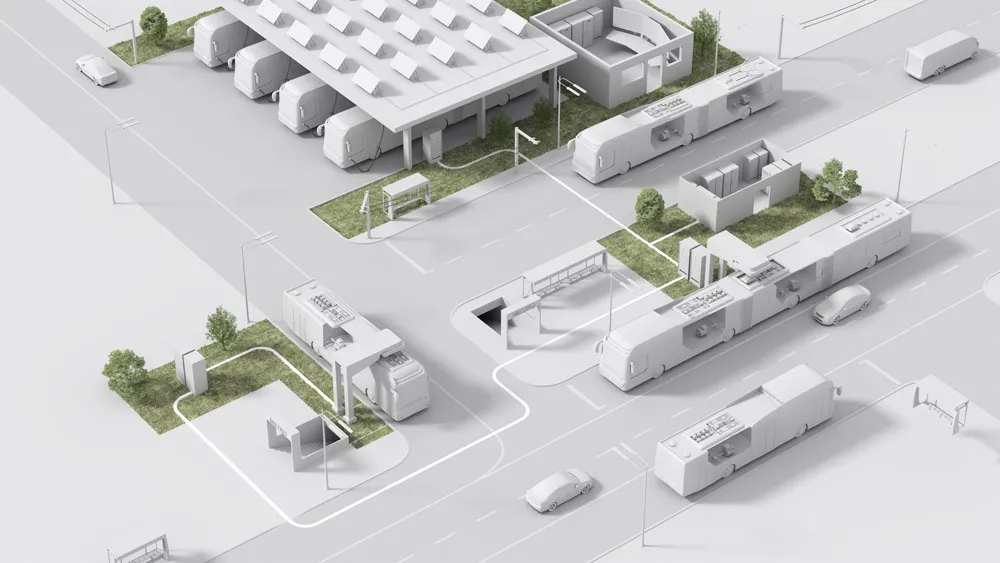Micro-hybrids will grow nearly eight-fold to 39 million vehicles in 2017 and create a $6.9 billion market for energy storage devices as the fuel-saving alternative technology finds ready adoption, driven by stricter emission standards.
March 14, 2012
Read time: 2 mins
Micro-hybrids will grow nearly eight-fold to 39 million vehicles in 2017 and create a $6.9 billion market for energy storage devices as the fuel-saving alternative technology finds ready adoption, driven by stricter emission standards, according to a 3900 Lux Research report titled, “Every Last Drop: Micro- And Mild Hybrids Drive a Huge Market for Fuel-Efficient Vehicles.”
Micro-hybrids, which use a small battery to provide varying degrees of efficiency-boosting features, will dominate the automotive market, gaining 42 per cent of the overall light-duty vehicle market.
Simultaneously, the mild hybrids — superior to micro-hybrids but not as efficient as pure hybrids — will rise from near-zero to 1.5 million vehicles in 2017, accounting for 1.6 per cent of the auto market.
“Micro-hybrids will take over the automotive market, while mild hybrids will leverage the excessive build-out of Li-ion capacity to grow,” said Kevin See, Lux research analyst and lead author of the report. “Micro-hybrids and, to a lesser extent, mild hybrids, provide a cost-effective solution to fuel savings to bridge the gap to more disruptive technologies like alternative fuels, plug-in vehicles, and fuel cell vehicles.”
To estimate adoption rates for micro-hybrids and mild hybrids, Lux researchers factored in the adoption of other fuel-saving technologies and modelled cost impact variations, besides estimating the costs of battery replacement and maintenance for these alternative vehicles. Among their conclusions:
“Every Last Drop: Micro- And Mild Hybrids Drive a Huge Market for Fuel-Efficient Vehicles,” is part of the Lux Research Electric Vehicles Intelligence service.
Micro-hybrids, which use a small battery to provide varying degrees of efficiency-boosting features, will dominate the automotive market, gaining 42 per cent of the overall light-duty vehicle market.
Simultaneously, the mild hybrids — superior to micro-hybrids but not as efficient as pure hybrids — will rise from near-zero to 1.5 million vehicles in 2017, accounting for 1.6 per cent of the auto market.
“Micro-hybrids will take over the automotive market, while mild hybrids will leverage the excessive build-out of Li-ion capacity to grow,” said Kevin See, Lux research analyst and lead author of the report. “Micro-hybrids and, to a lesser extent, mild hybrids, provide a cost-effective solution to fuel savings to bridge the gap to more disruptive technologies like alternative fuels, plug-in vehicles, and fuel cell vehicles.”
To estimate adoption rates for micro-hybrids and mild hybrids, Lux researchers factored in the adoption of other fuel-saving technologies and modelled cost impact variations, besides estimating the costs of battery replacement and maintenance for these alternative vehicles. Among their conclusions:
- Europe will lead with China and the US in tow. Europe will continue its leadership in the micro-hybrid market, growing over three-fold to 12.6 million units in the next five years. China will see explosive 81 per cent annual growth to reach 8.9 million units in 2017 and the US will zoom from miniscule levels today to over eight million in 2017.
- Medium micro-hybrids dominate. A low price premium, fuel savings of up to 10 per cent and a relatively easier manufacturing process will propel medium micro-hybrids to the top of the alternative auto market over the next five years. These vehicles will grow at 36 per cent CAGR to 22.2 million vehicles in 2017, driven largely by the European market and automakers like
994 Volkswagen.
- AGM battery technology will grow nine-fold. Absorbed glass mat (AGM), lead-acid batteries will dominate the market for storage of micro-hybrids, growing at 46per cent annually to nearly $4 billion in 2017. In mild hybrids, Li-ion will carve out a niche, growing from near-zero to nearly $570 million in 2017, capturing a 47 per cent market share among plug-in vehicles.
“Every Last Drop: Micro- And Mild Hybrids Drive a Huge Market for Fuel-Efficient Vehicles,” is part of the Lux Research Electric Vehicles Intelligence service.








